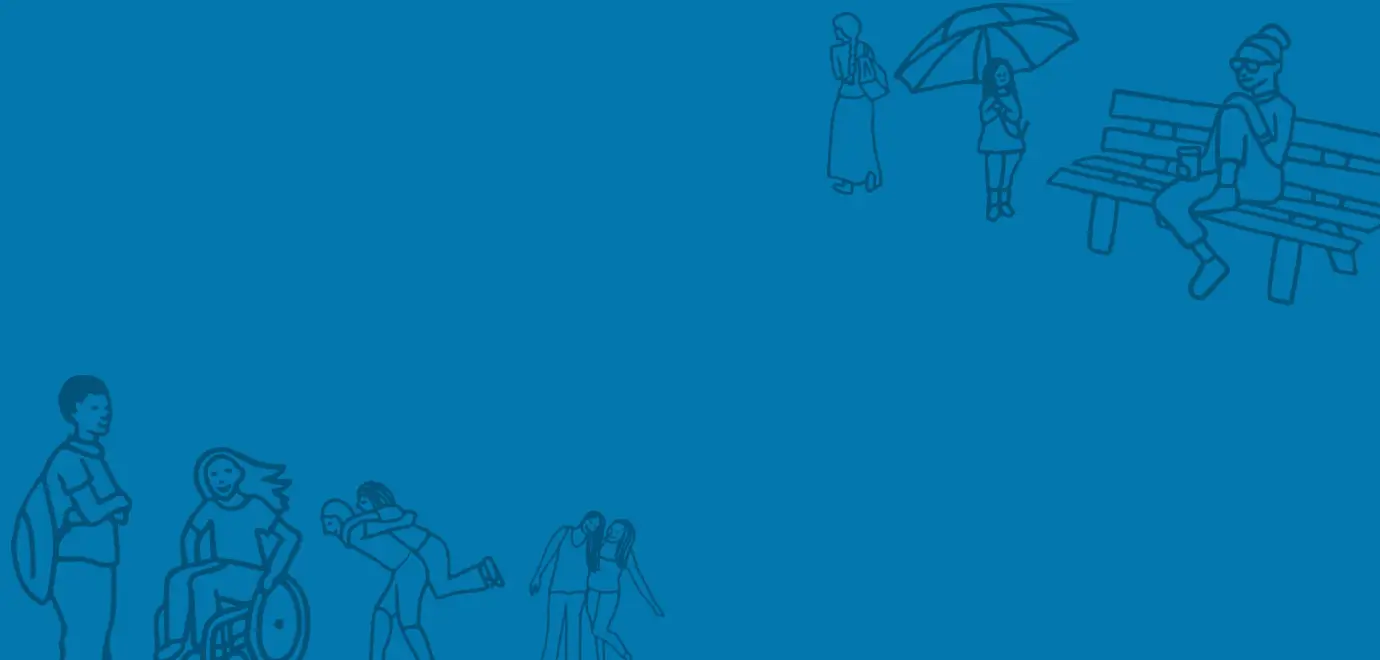Like many, I am still struggling to come to terms with what happened to Arthur Labinjo-Hughes. For all of us who work with children because we want to enrich their lives it is hard to comprehend the sheer horror Arthur suffered or the fact that when he cried, no one listened.
The proper response to Arthur’s suffering is to say never again. Never again should a child be left alone, tortured, and abused, to die while believing no one loved them. Arthur begged for help, but no one heard him, and this is perhaps the most distressing detail of his ordeal. I often hear that we cannot guarantee that we will protect every child, but this absolutely must be our aspiration. All of us working with children can re-double our commitment to getting to a situation where every child is not only safe, but feels loved and cherished.
When we are talking about a child’s life, no failure rate is acceptable. Our starting point to address this horrible situation needs to be an honest reflection of where we are now. By international comparison, England does well at reducing incidents where children are killed by their parents[1]. But, there is still a lot more to do to make sure no child suffers. During 2020 there were 13 children killed by their parents, and another 22 children who died as a result of severe physical abuse[2]. Every one of these children deserved better, from all of us.
If safety is one half of what we are looking for, love is the other, they are equally important. This is what makes the job of social work so hard. The sheer malevolence and sadism displayed by Arthur’s father and step-mother are unusual and indescribably evil. Identifying such behaviour can be hard, simply because we do not want to believe any parent could feel this way about their children. More often, we are working with families who love their children, but simply can’t care for them. Given this, social workers have to determine whether they can work with a family to help them care for their children, or whether the best thing for the child is to be taken into care.
There are no generic rules to apply here, every case is different, and what we need is the best decision making for every child. There is a system in place to do this: social workers, team managers, service directors and the family courts all have a role to play. But all of this depends on the quality of the relationship between professionals and families. Can they get a clear understanding of what is going on? Do they have sufficient professional curiosity? The time to find out what is going on in the child’s life? More than anything, can they develop a relationship with the child to understand what is happening to them?
Social care systems need to be set up to support these relationships. It is not just down to individual social workers, but whether they are supported and challenged by the team around them. We have to ask is responsibility shared across teams, are leaders and managers engaged and involved? Only when we are sure of the quality of these teams and structures can we be confident that children are being adequately protected and growing up loved. The success of the whole system relies on the quality of the interactions these teams have, and this in turn relies on how they can respond to their local context. This means we need local solutions. But at the same time, we need the same quality for every child in the country, and getting this right consistently has been the real challenge. We know what brilliant social work looks like, there are lots of examples across England. But we are not delivering it consistently, and this is because lots of social workers are not working within wider systems that support good practice.
We all share the ambition that all children will be able to access good-quality support, wherever they live. This is the right ambition but it has been hard to achieve. Currently 19 local authorities are considered inadequate by Ofsted. With concerns raised about another 52[3]. It is absolutely right that we have a national review of Arthur’s case, and a wider review of social care. These will, respectively, set out a number of lessons from this case, and a wider ambition for the social care system. But we must understand these reviews are stage one of transforming systems. They will set out a national ambition, which must be implemented locally and consistently.
Each local system needs to be based on a vision for the care children should receive, whether they stay with their family or are in care. Translating this vision into reality will need commitment and tenacity, self-reflection, and ambition. We will need confidence to try new approaches, we need local areas to have capacity to deliver local solutions combined with transparency and accountability to ensure no child is left behind.
I do not pretend this is easy and I am using my role as Children’s Commissioner to put children at the heart of this process. I have been hearing from children across the country and my helpline – Help at Hand – has been supporting children in care and challenging professionals to consider how their actions are felt by the children they impact. Next year, I will be continuing to do more work to help promote children’s interests across the system, tackling thorny issues like data sharing but also looking at the positive outcomes we should all be pursuing. I will be working with partners across the system to promote best practice informed by children’s experiences. Together, we have to embark on this system-wide transformation. Not just for Arthur, but for every child who suffers in silence.






